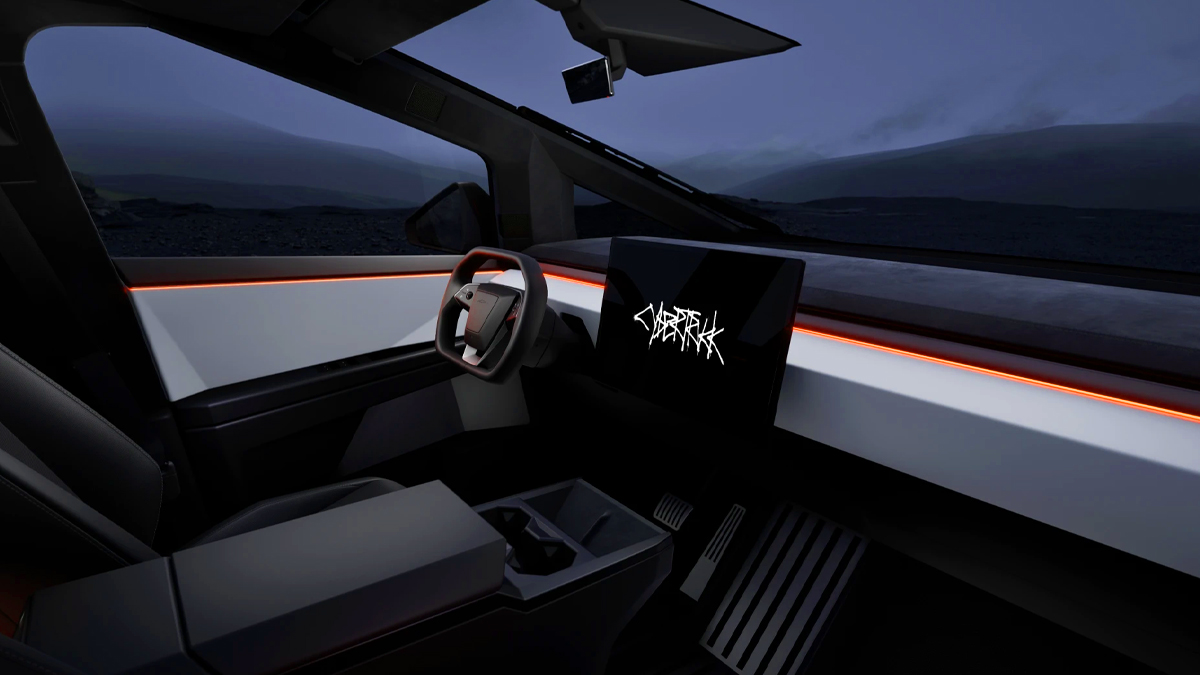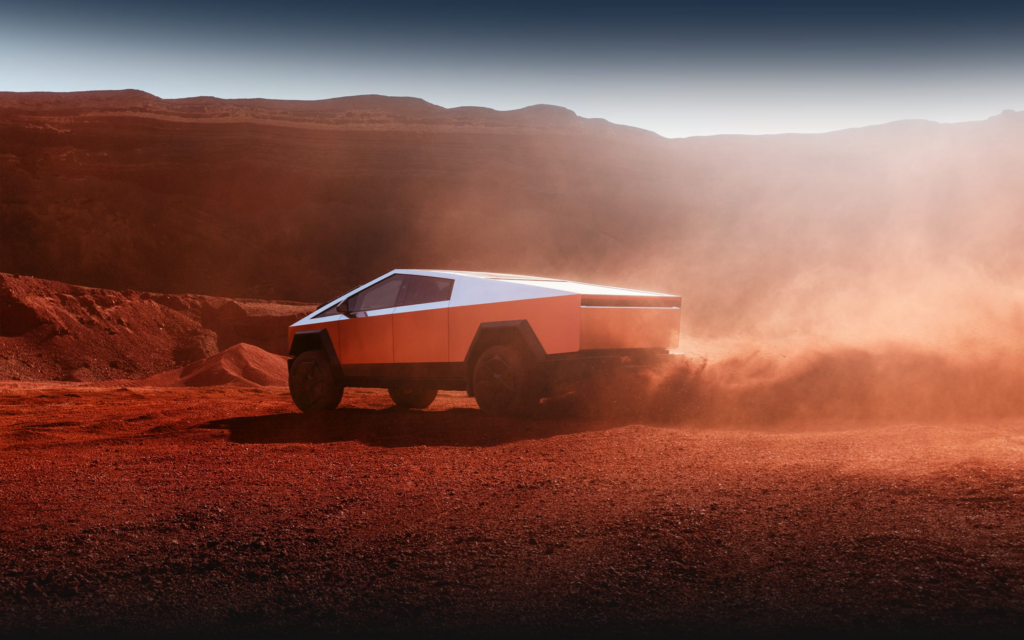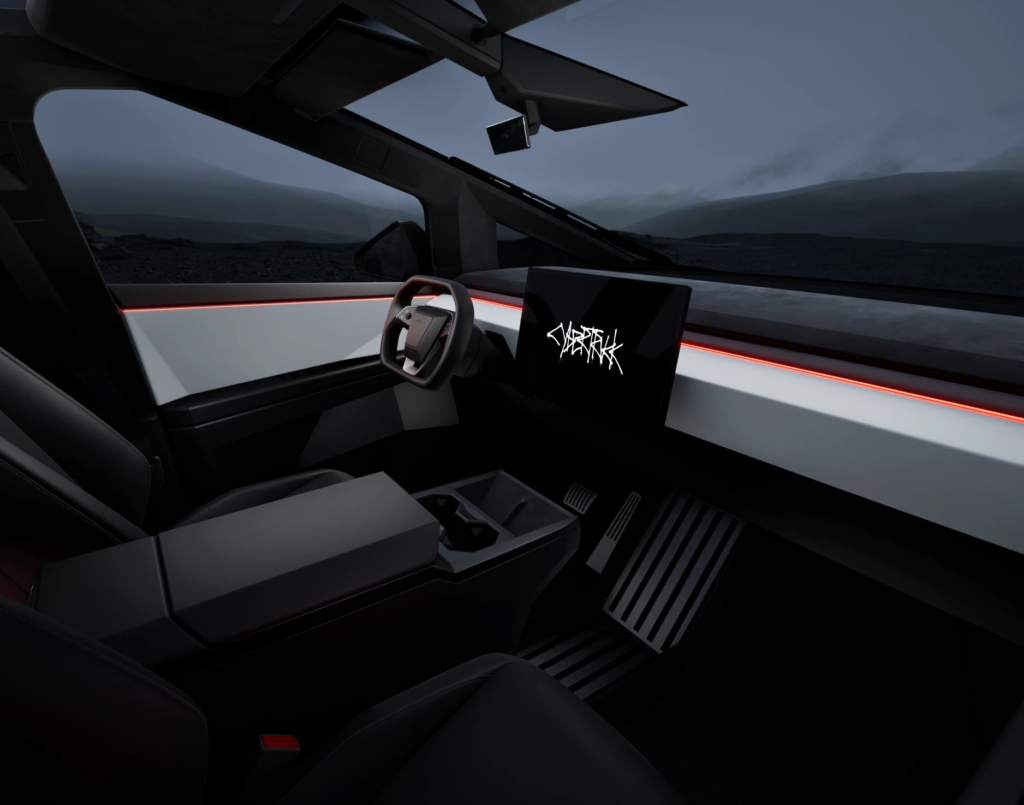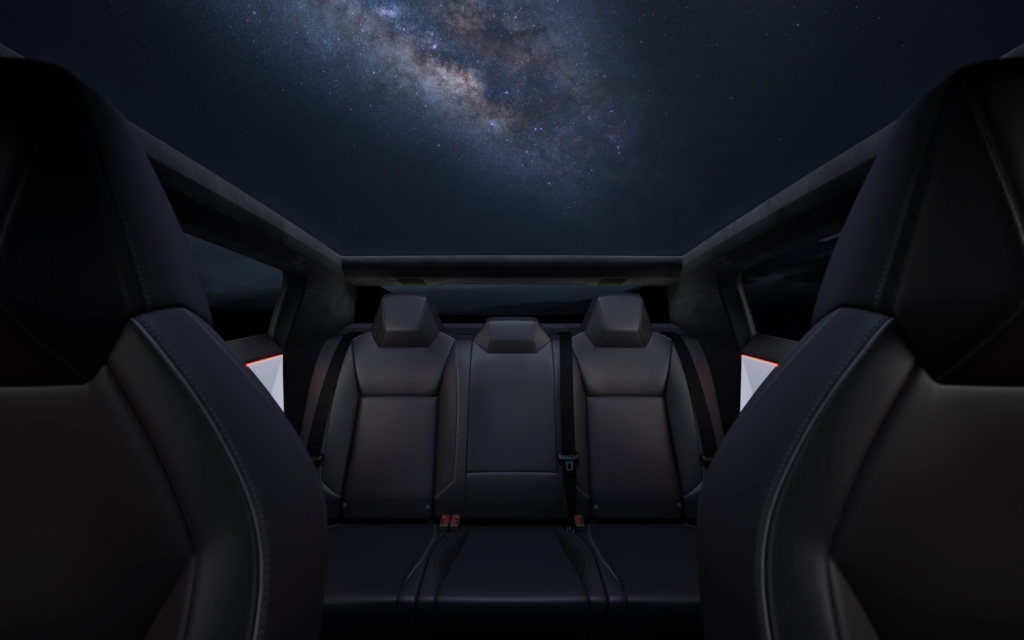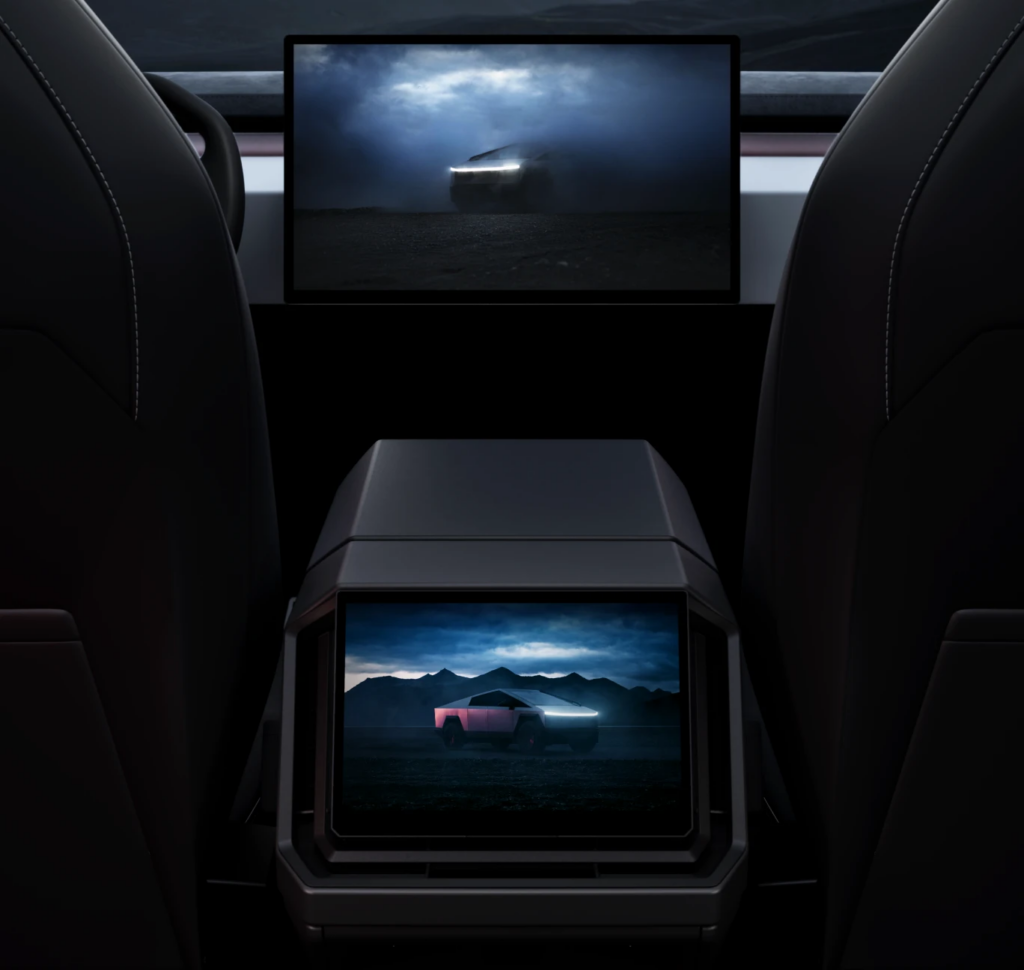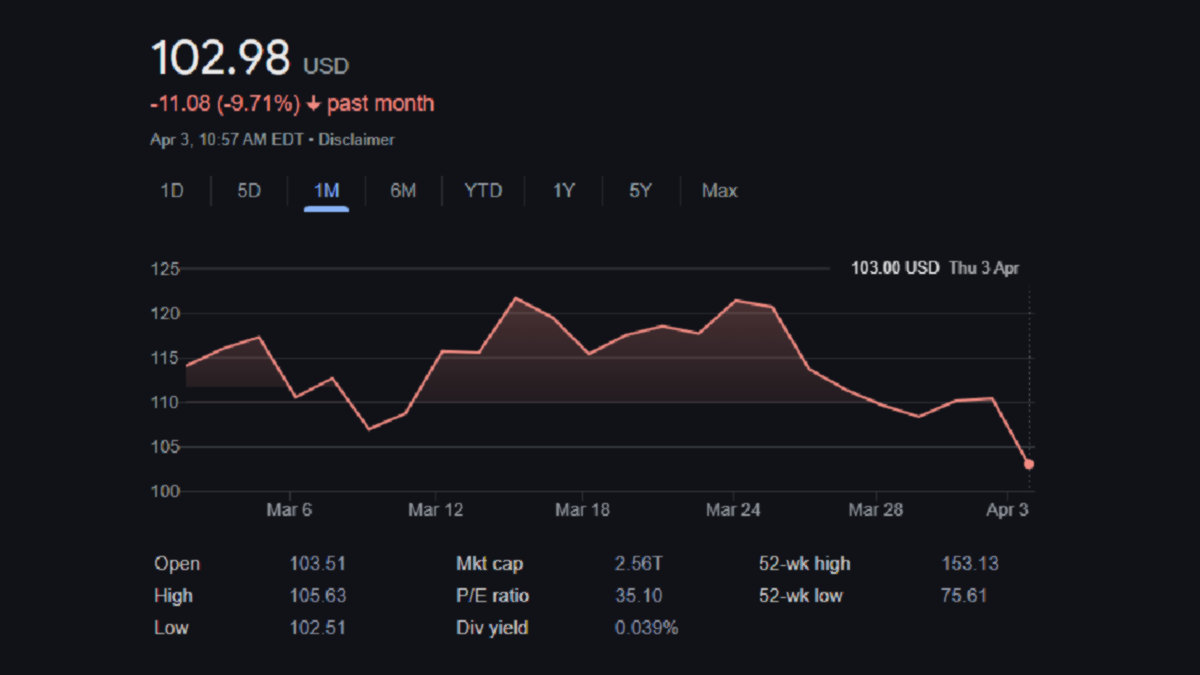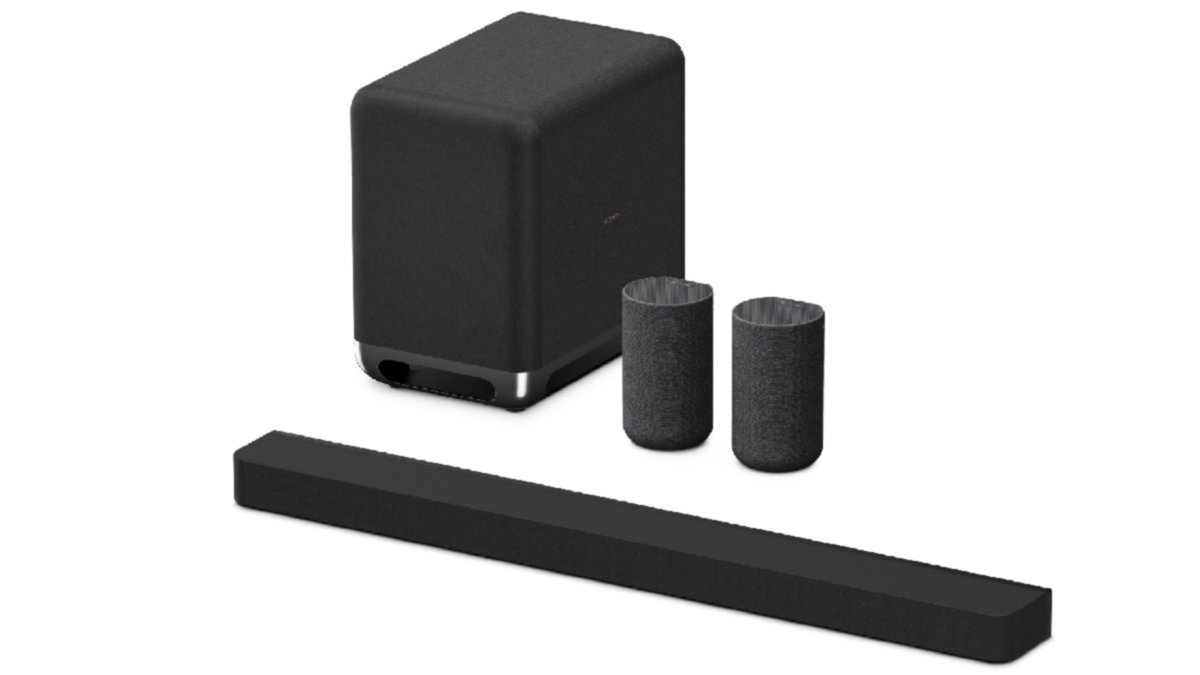After a lengthy four-year wait, Tesla’s Cybertruck has finally hit the streets. Deliveries commenced on Nov 30, and ongoing reactions, though somewhat negative, fail to acknowledge certain economic realities like inflation and the limitations of battery technology. Critics express disappointment over the higher-than-anticipated price and the lower-than-initially-advertised range. Naysayers are reveling in a collective “We told you so!”
Beyond the divisive exterior, the Cybertruck’s technological prowess remains a topic often overlooked. Today, let’s delve into the groundbreaking innovations this new electric vehicle (EV) introduces and how these advancements are poised to revolutionize both consumer experiences and the automotive industry as a whole. Regardless of aesthetic preferences, the Cybertruck’s technology stands as a formidable game changer.
Notably, it claims several firsts: the inaugural production vehicle with full steer-by-wire functionality, the first to employ a 48V low-voltage system, the premier Tesla featuring an 800V high-voltage architecture, and the first with bidirectional charging capabilities. Additionally, the CyberTruck boasts a revolutionary wiring harness and incorporates some of the largest aluminum gigacastings to date, paired with structural cold-rolled stainless steel body panels.
Full disclosure: I am a content Tesla customer, having owned two Model 3s since 2018. However, as a technology and automotive journalist, I’ve had the privilege of test-driving nearly every EV available in the US. It’s worth noting that, despite my positive Tesla experiences, I’ve previously discussed reasons why a Tesla may not be the optimal choice for a first EV and why, at present, there exist superior electric pickup alternatives to the Cybertruck.
While personal opinions on Cybertruck’s aesthetics may differ, a recent encounter with a prototype in my San Francisco neighborhood altered my perspective. Ironically, the same release candidate (RC) later towed for illegal parking revealed an undeniable real-world presence.
The Revolution of Fully Steer-by-Wire in Tesla’s Cybertruck
Steer-by-wire, while not novel, has evolved. Initially employed in rear-wheel steering, it stems from drive-by-wire technologies like decades-old throttle-by-wire and brake-by-wire, commonly seen in EVs and hybrids for blending regen and friction brakes. Nissan’s 2013 Infiniti Q50 pioneered steer-by-wire for primary steering.
The Cybertruck sets itself apart with full steer-by-wire. Nissan’s older system retained a mechanical shaft as a failsafe, connecting the steering wheel to the rack in case of power loss. In contrast, the Cybertruck eliminates the shaft, featuring only a steering wheel and two racks (front and rear).
This change yields three key effects. First, the steering wheel is inactive unless the Cybertruck is powered on. Second, speed sensitivity limits the steering wheel’s rotation to 340 degrees, enhancing maneuverability at lower speeds and stability at higher speeds.
Notably, turning the steering wheel without power is futile.
Moreover, the steering wheel offers force feedback and auto-centering, resembling traditional steering systems. While a yoke replacing the steering wheel might be divisive, the Cybertruck’s one-turn lock-to-lock design aligns with yoke preferences, eliminating hand-over-hand turns.
Lexus employs a similar steer-by-wire system, albeit with a yoke, in its RZ 450e electric crossover. However, the Cybertruck’s dual-redundant electric motors and triple-redundant sensors raise questions about redundancy for power sources and control electronics.
The Cybertruck’s steering rack motors operate on 48V, aligning with the vehicle’s overall power system. The absence of a steering shaft and streamlined 12V wiring reduces complexity, weight, and cost. Users note an initial adjustment period, but the steer-by-wire system in the Cybertruck quickly becomes intuitive and user-friendly.
The Innovation of Tesla’s 48V Low-Voltage System: A Paradigm Shift
In the automotive realm, a 12V low-voltage system reigns supreme, managing everything from engine control to infotainment. Nevertheless, the Cybertruck, breaking tradition, embraces a groundbreaking 48V low-voltage system—a first in the industry.
Back in the 1950s, 6V low-voltage systems prevailed, but as vehicles evolved with additional features, the 12V standard became ubiquitous. Commercial vehicles often utilize a 24V system, while the prospect of a 48V system surfaced in the 1980s, yet progress stagnated. Enter the Cybertruck, boldly discarding the 12V norm for a 48V low-voltage configuration.
The significance of 48V lies in the relationship between electrical power (W), voltage (V), and current (A). Take the Cybertruck’s steer-by-wire system, demanding 5 horsepower or about 3700W. At 12V, this equates to 300A, while at 48V, a more efficient 75A suffices. Thicker wires required for higher current at 12V are not only weightier but pricier, coupled with increased heat and energy wastage.
Tesla’s v4 Superchargers, operating at 800V, epitomize the potential of 48V, recharging the Cybertruck’s 123kWh battery from 15% to 85% in just 20 minutes.
Switching to 48V yields multiple benefits: reduced weight, optimized packaging, diminished energy wastage, and lower material costs. The efficiency and affordability of a 48V low-voltage system translate into enhanced range—a critical factor in electric vehicles (EVs).
Beyond weight reduction, 48V usage allowed Tesla to eliminate heat sinks from electronic modules, rendering them lighter and more compact. Traditionally, EVs rely on a 12V battery, necessitating a DC-to-DC converter for high-voltage battery activation. The Cybertruck, housing a 48V lithium-ion battery, required a bespoke converter for standard 12V jump-start capability.
Notably, Tesla’s strategic move aims to expedite the industry’s shift to 48V, anticipating cost reductions for associated components. In fostering this transition, Tesla provides a guide for manufacturers venturing into the realm of 48V vehicles.
Tesla’s Ingenious 800V High-Voltage System: Innovations and Adaptations
Electric vehicles (EVs) traditionally rely on a 12V low-voltage system, with the Cybertruck boasting a unique 48V variant. In tandem, EVs incorporate a high-voltage system for propulsion, housing a sizable battery, motors, and inverters for regenerative braking control. Historically, the industry standard has been a 400V high-voltage architecture, prevalent in all Teslas pre-Cybertruck.
Yet, a select few EVs, including the Porsche Taycan, Audi e-tron GT, and several Chinese models, employ the superior 800V high-voltage architecture. This innovation aligns with the advantages observed in the 48V low-voltage system: thinner wires for weight reduction, cost savings, diminished heat, and enhanced efficiency.
Despite the Cybertruck’s integration of the 800V high-voltage architecture, a challenge arises with Tesla’s predominantly 400V Supercharger network. To address this, the Cybertruck employs a clever solution—its 800V battery pack divides into two 400V halves. This enables seamless charging compatibility with existing 400V Superchargers, achieved by connecting the halves in parallel through an electronic switch.
This approach mirrors the strategy employed by leading Chinese smartphone manufacturers, such as OnePlus and Xiaomi, with fast charging technology. The Cybertruck’s 800V compatibility becomes fully optimized with Tesla’s introduction of v4 Superchargers, boasting a remarkable 350kW output. This advancement allows the Cybertruck’s 123kWh battery to recharge from 15% to 85% in just 20 minutes.
Beyond charging innovations, the Cybertruck pioneers Tesla’s Powershare bidirectional charging. Similar to Ford’s F-150 Lightning features, this technology enables the Cybertruck to share up to 9.6kW of power through cabin outlets and bed sockets. Impressively, users can direct 11.5kW of backup power to their homes via a Tesla Powerwall, highlighting Tesla’s commitment to versatility and sustainability.
Revolutionizing Connectivity: Tesla’s Etherloop Wiring Harness
In the ever-evolving automotive landscape, the surge in features and technology has burdened traditional wiring harnesses. Despite the introduction of the controller area network (CAN bus) in the 1990s, these systems struggle to cope with modern advancements like advanced driver assistance systems (ADAS) and multi-display infotainment.
Presently, cars rely on multiple CAN buses and scattered automotive Ethernet, resulting in bulky, expensive, and labor-intensive wiring harnesses—some weighing a staggering 150 lbs (68kg). However, Tesla’s Cybertruck introduced a groundbreaking solution: Etherloop. This innovative wiring harness is a continuous gigabit Ethernet cable looping around the interior, reminiscent of Token Ring.
Etherloop connects to 368 endpoints, reducing cross-vehicle wiring by 68%, showcasing its efficiency. Data transmission is swift, with a minimal latency of 0.5ms. If the loop is disrupted, data seamlessly reroutes the other way. Impressively, Etherloop carries diverse data types, including digital audio to speakers, signals from multiple microphones for in-cabin active noise canceling (ANC), and real-time digital video from various cameras to the full self-driving (FSD) computer.
The most notable achievement is Etherloop’s ability to halve the weight of communication wiring while ensuring all data is accessible to every electronic module. This innovation marks a significant leap in streamlining automotive wiring, addressing the challenges posed by the expanding array of vehicle features and technologies.
Innovations in Tesla’s Cybertruck: Aluminum Gigacastings and Structural Stainless Steel Panels
Let me refresh your memory on gigacasting—an innovative process transforming car manufacturing. Unlike traditional methods, gigacasting allows casting large parts in one piece, enhancing production efficiency, cutting costs, reducing weight, and improving crash safety. Tesla, a pioneer in gigacasting, employs this technique in the front and rear structures of the Model Y and Cybertruck.
Beyond utilizing some of the largest aluminum gigacastings, the Cybertruck introduces structural cold-rolled stainless steel body panels. Although perfecting these techniques took time, the benefits are substantial. The door skins, now acting as structural elements, eliminate the need for traditional steel beams inside the doors, ultimately reducing weight and enhancing side-impact crash test performance.
In essence, Tesla’s clean slate approach, unburdened by historical constraints, positions it as the forefront leader in engineering and manufacturing electric vehicles (EVs). The Cybertruck’s technological strides not only impact the auto industry but also promise direct benefits for consumers—increased EV efficiency, affordability, and user-friendliness.
Regardless of personal opinions on Tesla, the undeniable truth is that their innovations are pushing traditional car manufacturers and suppliers to embrace change reluctantly. This underscores the significance of the Cybertruck’s technology in steering the entire industry towards progress.
Looking ahead, if you’re eyeing the Cybertruck, my advice is to exercise patience. Production scaling, as witnessed with the Model Y, is likely to significantly reduce the Cybertruck’s price within the next year or two. Until then, alternatives abound for those exploring the EV market.
Discover more from NewForTech
Subscribe to get the latest posts sent to your email.

